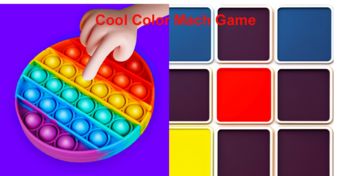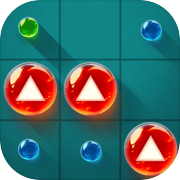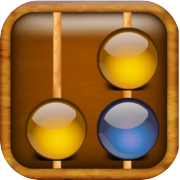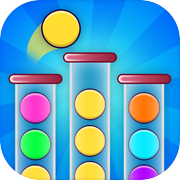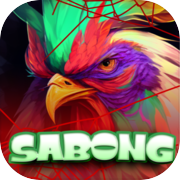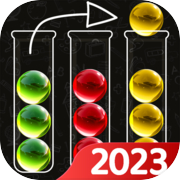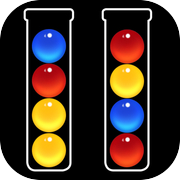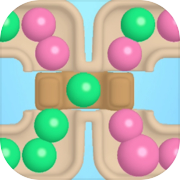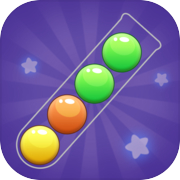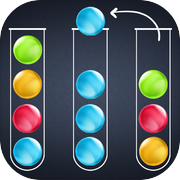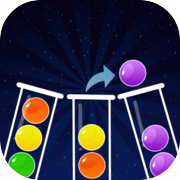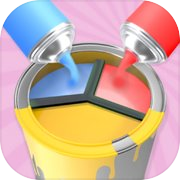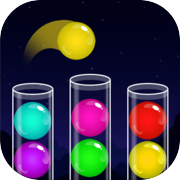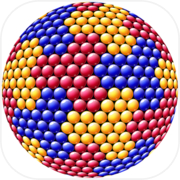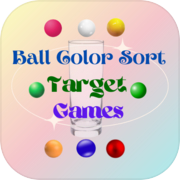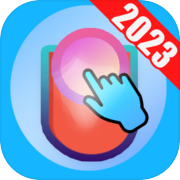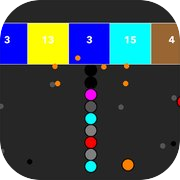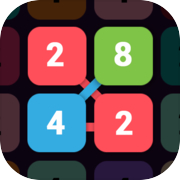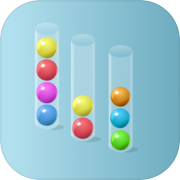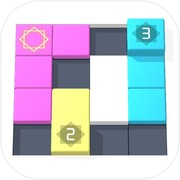Cool Color Mach Game

A visually appealing and mentally interesting game that has become extremely popular recently is the Mach Color Matching Game. This essay dives deeply into the game's complexities, offering a thorough examination of its background, mechanics, psychological effects, and instructional possibilities. This essay investigates the reasons why the Mach Color Matching Game has become a cultural phenomenon with an emphasis on both the game's design and its effects on players.
Mobile games have exploded in popularity in today's Smartphone and technologically advanced society. The Mach Color Matching Game distinguishes out as a distinctive and engrossing experience among the many games available. With its straightforward yet difficult game play, colorful graphics, and potential cognitive benefits Consequently, millions of players all over the world have given this game a particular place in their hearts and imaginations.
The goal of this essay is to present a thorough analysis of the Mach Color Matching Game, illuminating its psychological effects, history, playability, and educational usefulness. By examining these elements, we want to learn more about this game's appeal and what it can reveal about the nexus between entertainment and cognition.
It is important to understand the historical setting in which the Mach Color Matching Game was developed before diving into the game play and mechanics. Fortify Games created the game, sometimes known as "Color Matching," "Color Tunnel," or "Color Switch," and it first launched for mobile platforms in 2015. Its design incorporates optical illusions and vintage arcade games into a contemporary and user-friendly format for gamers on mobile devices.
The name of the game, "Mach," is most likely a reference to Ernst Mach, an Austrian physicist and philosopher best known for his studies of visual perception and the Doppler effect in the 19th century. By implying a relationship between the game's mechanics and the fundamentals of visual perception, the name choice creates the framework for a fascinating investigation of the psychology of the game.
Matched Mach Colors The game's game play principles are surprisingly straightforward but highly captivating. A small colored ball that players control travels through a tunnel made up of vibrant parts. The goal is to match the ball's color with that of the section navigating without incident. The game terminates and the player must restart if the ball lands on a segment of a different color.
One of its advantages is how simple the game play is, making it suitable for players of all ages and skill levels. However, the game presents new difficulties as players advance, including spinning parts, moving obstructions, and constricting tunnels. Players are kept interested and challenged as they work to get better scores thanks to these aspects' complexity.
The intuitive touch or tap controls for the game demand careful timing and synchronization. One of the main factors influencing player involvement is the sense of accomplishment one gets after successfully overcoming a succession of brightly colored barriers.
The game play of The Mach Color Matching Game and There are various psychological effects of visual design, which support its broad appeal:
Visual Perception: The game uses the concepts of visual perception to test players' ability to recognize and react to changes in color quickly. This interaction with color perception improves cognitive abilities associated to processing and discrimination of visual information.
Stress Reduction: The intense and frantic nature of the game can act as a stress-reduction tool for players. Playing can briefly take people's minds off the stresses of their daily lives and give them a minute to unwind.
Mobile games have exploded in popularity in today's Smartphone and technologically advanced society. The Mach Color Matching Game distinguishes out as a distinctive and engrossing experience among the many games available. With its straightforward yet difficult game play, colorful graphics, and potential cognitive benefits Consequently, millions of players all over the world have given this game a particular place in their hearts and imaginations.
The goal of this essay is to present a thorough analysis of the Mach Color Matching Game, illuminating its psychological effects, history, playability, and educational usefulness. By examining these elements, we want to learn more about this game's appeal and what it can reveal about the nexus between entertainment and cognition.
It is important to understand the historical setting in which the Mach Color Matching Game was developed before diving into the game play and mechanics. Fortify Games created the game, sometimes known as "Color Matching," "Color Tunnel," or "Color Switch," and it first launched for mobile platforms in 2015. Its design incorporates optical illusions and vintage arcade games into a contemporary and user-friendly format for gamers on mobile devices.
The name of the game, "Mach," is most likely a reference to Ernst Mach, an Austrian physicist and philosopher best known for his studies of visual perception and the Doppler effect in the 19th century. By implying a relationship between the game's mechanics and the fundamentals of visual perception, the name choice creates the framework for a fascinating investigation of the psychology of the game.
Matched Mach Colors The game's game play principles are surprisingly straightforward but highly captivating. A small colored ball that players control travels through a tunnel made up of vibrant parts. The goal is to match the ball's color with that of the section navigating without incident. The game terminates and the player must restart if the ball lands on a segment of a different color.
One of its advantages is how simple the game play is, making it suitable for players of all ages and skill levels. However, the game presents new difficulties as players advance, including spinning parts, moving obstructions, and constricting tunnels. Players are kept interested and challenged as they work to get better scores thanks to these aspects' complexity.
The intuitive touch or tap controls for the game demand careful timing and synchronization. One of the main factors influencing player involvement is the sense of accomplishment one gets after successfully overcoming a succession of brightly colored barriers.
The game play of The Mach Color Matching Game and There are various psychological effects of visual design, which support its broad appeal:
Visual Perception: The game uses the concepts of visual perception to test players' ability to recognize and react to changes in color quickly. This interaction with color perception improves cognitive abilities associated to processing and discrimination of visual information.
Stress Reduction: The intense and frantic nature of the game can act as a stress-reduction tool for players. Playing can briefly take people's minds off the stresses of their daily lives and give them a minute to unwind.
Available on devices:
- Android
- Smart TV

